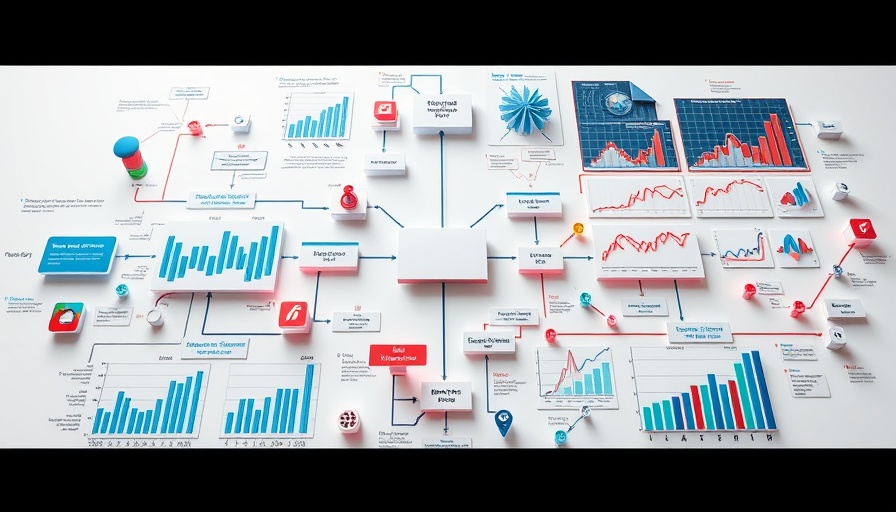
Understanding Brain Vascular Health: The Role of Technology
The health of our brain is intrinsically tied to its blood supply, which is delivered through a complex network of blood vessels. Recent pioneering research by engineers at Florida Atlantic University has refined our understanding of this relationship, leveraging advanced computer modeling to explore the behavior of the brain's smallest blood vessels. This breakthrough in vascular mapping paves the way for deeper insights into how blood flow disruptions relate to neurological conditions such as strokes and Alzheimer's disease.
Revolutionizing Cerebral Blood Flow Dynamics
The engineers have created a detailed simulation focused on mouse brain vasculature, treating each blood vessel segment as a responsive valve that can be adjusted according to blood flow dynamics. The model incorporates hemodynamics—the movement of blood through the vessels—and vasodynamics, how the vessels adapt in shape. This dual approach effectively showcases how various segments of the brain's vascular system collaborate to maintain stable blood flow under changing conditions, such as increased neuronal activity.
The Importance of Transitional Vessels
Particularly noteworthy in this research is how transitional vessels (which connect arteries to capillaries) demonstrate critical adjustments necessary for sustaining oxygen and nutrient flow to the brain. Dr. Ramin Pashaie, the study's lead author, highlights that not all vessels contribute equally; rather, the transitional vessels play pivotal roles in protecting the brain’s delicate ecosystem, particularly under physiological stress.
Implications for Neurological Health
This research isn't just a theoretical exercise. By mapping out the specific responses of blood vessels at varying blood pressures, it allows for a clearer understanding of how blood pressure can influence brain health. For instance, the model identifies four phases of vessel function based on blood pressure, revealing both optimal conditions for flow as well as thresholds beyond which vessels risk damage.
Future Directions: A Focus on Health and Wellness
As neurological diseases continue to pose major public health challenges, technology-driven insights like these will be indispensable in developing health and wellness strategies. Health professionals, particularly in community health and wellness sectors, can leverage such research to explore new interventions that prioritize optimal brain health, potentially translating this understanding into preventive measures against conditions like stroke and dementia.
A Collective Responsibility to Foster Brain Health
Understanding the intricate dynamics of the brain’s blood supply can empower communities to prioritize brain health. Systems that promote vitality, such as health and wellness centers, can utilize these insights to educate the public on factors affecting circulation and overall neurological health. A community that values health and wellness, particularly focusing on preventive care and lifestyle adjustments, is well-positioned to enhance its collective cerebral health.
Conclusion: Embracing Technological Advances in Health
With the growing body of evidence supporting the link between neurological health and vascular integrity, it becomes essential for individuals and communities alike to engage with these advancements meaningfully. By investing time in understanding one’s own health and wellness, and advocating for technologies that promote better brain function, we can collectively foster an environment where neurological resilience thrives.
 Add Element
Add Element  Add Row
Add Row 



Write A Comment